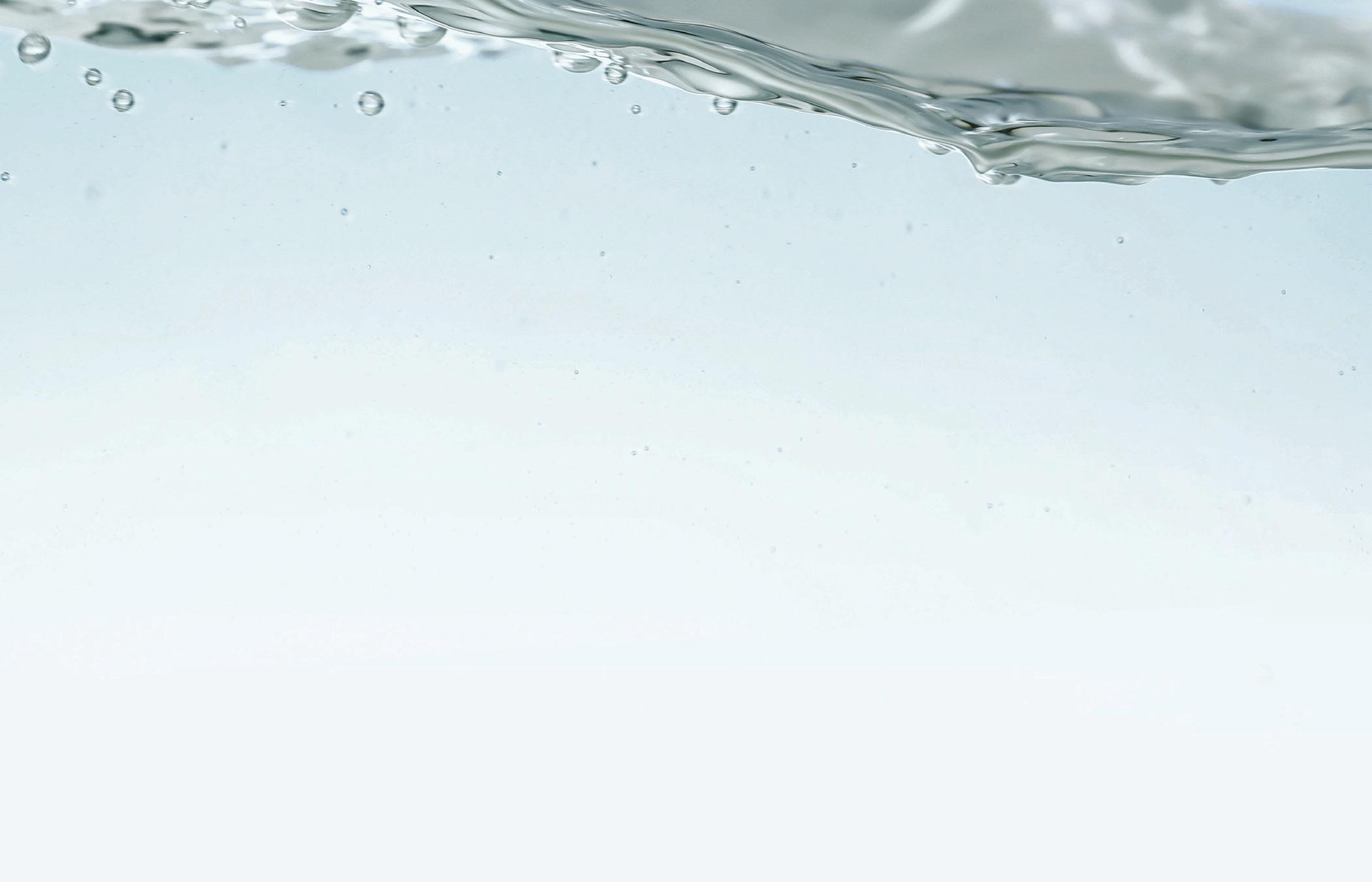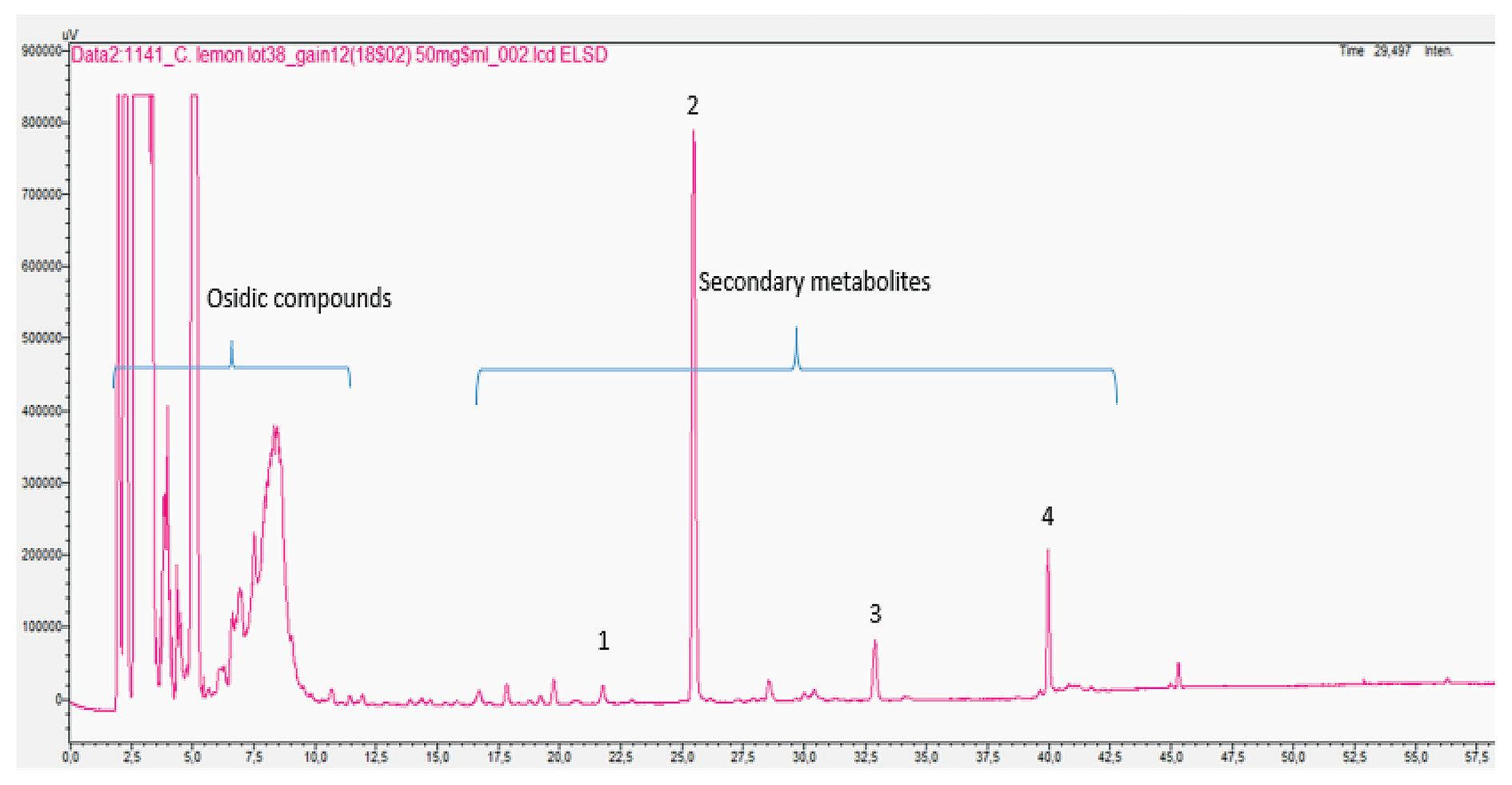
6 minute read
Interview
Yeo Keng Joon is Chairman and Managing Director of Bharat Luxindo Agrifeeds Pvt. Ltd. The company was the first to introduce complete formulation fish feed in India and is now one of the major players in India that commercializes fish and shrimp feed.
INTERVIEW with Yeo Keng Joon
AQUAFEED: What has been your journey in aquafeeds? How did you get to where you are today?
YKJ: In 1988, I was appointed to start the aquaculture business in the Gold Coin group of companies as new business development for a company focused thus far on pig and poultry feeds. Starting with a shrimp feed plant in Johor Bahru, Malaysia, we gradually grew the business with plants in Jurong, Singapore; Bekasi, Indonesia; Medan, Indonesia; Manila, Philippines; and Hatyai, Thailand. It was a joy to be able to build up a team of professionals in all these operations and very satisfying to see the business volume grow by significant leaps and bounds. Breaking new ground into a new industry was an exciting challenge for our young team and many have progressed very well since then. I left the Gold Coin group in 1998 for new challenges, having had the satisfaction that the aquaculture business had matured over the ten years that I was leading it.
What is the relationship between Global Group, Singapore and Bharat Luxindo Agrifeeds?
YKJ: In 1997, some of the managers in Gold Coin Indonesia left to start an aquaculture business in Medan. I was invited to join them in Global Aquaculture Indonesia which started producing shrimp feed and extruded floating feed for tilapia farming in North Sumatra. The group started its second venture with a shrimp feed plant in Jakarta. In 2006, we were invited
to be a partner in Laila Global Pvt Ltd, to produce shrimp feed in Andhra Pradesh. The Indian partner had been using shrimp feed imported from Global Aquaculture Indonesia and wanted a manufacturing base in India. Unfortunately, the business floundered and we then set up Bharat Luxindo Agrifeeds Pvt Ltd to take over the business. We decided to focus on pelleted fish feed for the Indian carp (Rohu) which is largely using very traditional feeding of deoiled rice bran powder and groundnut cake.
AQUAFEED: The company has come a long way since it first expanded into India in 2006. What is the scope of the Bharat Luxindo Agrifeeds now?
YKJ: Traditional fish farming is a very large market in India and the potential to convert these farms to use pelleted fish feed is tremendous. As with changing the traditional mindset, it is a very challenging task and we continue to use various tactics and strategies to convince the farmers slowly but surely. Demonstrating our feed performance and sharing of technical data is key to overcome these challenges. We have also gone into producing Rohu fingerlings with our own broodstock selection so that our customers have access to a good supply of fingerlings.
AQUAFEED: In January, Bharat Luxindo Agrifeeds Pvt. Ltd. inaugurated its new feed mill in Chittavaram, Narasapur. How much capacity did this add, and what type of aquafeeds does it produce?
YKJ: We have the capacity to produce 2,000 tons of pelleted fish feed in our new plant in Narasapur. We are focused on the Rohu and Katla fish industry and are also into extruded floating feed business through our contract production arrangements.
AQUAFEED: How were you able to do this during the pandemic?
YKJ: We have a very dedicated team of local Indian managers who have been working with us in the construction of our new plant. Many of these managers have been with the company for more than ten years and understand the business and share our corporate culture of good teamwork. We have regular Zoom meetings to ensure the smooth operations of our business.
AQUAFEED: Bharat Luxindo Agrifeeds has put a lot of effort into helping fish farmers in India become more efficient, particularly in Rohu farming. How are you going about this?
YKJ: As mentioned previously, converting the traditional mindset of using raw materials in powder form to be replaced by nutritionally balanced pelleted feed is a significant challenge. We have slowly but surely convinced many farmers on the more scientific and progressive use of pellets which will result in faster growth and shorter harvest cycles. More importantly, the raw materials pollute the pond environment and contribute to bacterial growth in the pond bottoms and water channels. This pollution had to be more widely publicized so that the community is aware and more urgent combative steps are taken to overcome this.
We continue to adhere to our objective of introducing best practices in aquaculture farming to the fish industry and community in India.
Traditional fish farming is a very large market in India and the potential to convert these farms to use pelleted fish feed is tremendous. As with changing the traditional mindset, it is a very challenging task and we continue to use various tactics and strategies to convince the farmers slowly but surely.
AQUAFEED: What do you see as the future of aquaculture in India, and the potential for aquafeed?
YKJ: There is tremendous potential for the modernistic development of aquaculture in India. With the large population that India currently has, the per capita consumption of fish will definitely increase as the economy grows and the country develops. Fish protein is one of the most healthy meat proteins that are
currently available and more publicity of the benefits of fish meat will see the potential for aquaculture increase significantly in the next few years.
AQUAFEED: What has been the biggest change you have seen in aquaculture in Indonesia and India over the years?
YKJ: The introduction of best practices in aquaculture will continue to impact the industry in the next few years. Better water management will enhance the yield of the industry together with the use of nutritionally balanced fish feed pellets.
AQUAFEED: On a more personal note, philanthropy is a prominent part of your life. Notable is your role in setting up the National University of Singapore (NUS) Business School Alumni Association Bursary Fund, and your efforts to encourage entrepreneurship amongst youths in Singapore. Why is it so important to you to support those less fortunate than yourself?
YKJ: Each and every one of us should continue to share our blessings and give our help and support to the less fortunate. I am very focused on helping needy students so as to enable more upward social mobility. To be able to help and make a difference in someone’s life is very enriching and joyful. Giving and seeing the impact of our giving is very empowering.
Encouraging entrepreneurship in Singapore is my way of sharing and giving back to the community based on the work experience that I have had in the countries of Southeast Asia and now in India. There are tremendous opportunities for entrepreneurship in aquaculture in India. There is tremendous scope in the integration of marketing activities. For example, marketing and selling of branded packaged fish fillets marinated with local spices and sauces – microwaved dinner ready packages for the huge urban population in the Indian cities. Managing the supply chain from fish ponds to the supermarket chains and retail outlets offer huge entrepreneurial opportunities in India.
CLEAN FEED. CLEAN WATER.
Wenger Extrusion Solutions for RAS Feed Production
Wenger innovative extrusion solutions deliver clean, durable, nutritional feeds specifi cally designed for the most e cient RAS operations. Feeds produced on Wenger systems maintain their integrity better and longer, for clean and clear water. So you feed the fi sh, not the fi lter. Learn more about the Wenger RAS advantage. Email us at aquafeed@wenger.com today.

PHONE: 785.284.2133 | EMAIL: AQUAFEED@WENGER.COM | WENGER.COM USA | BELGIUM | TAIWAN | BRASIL | CHINA










